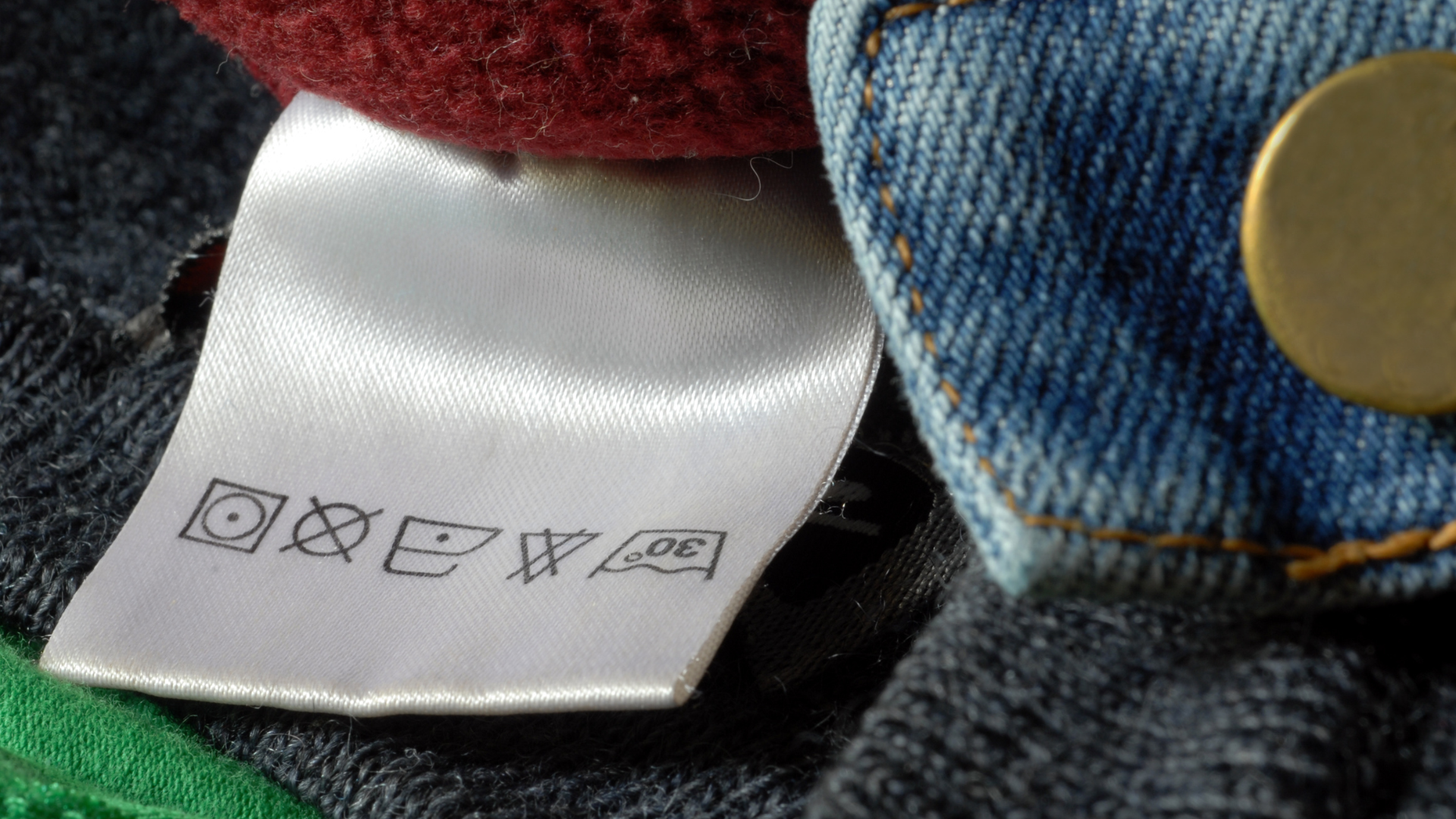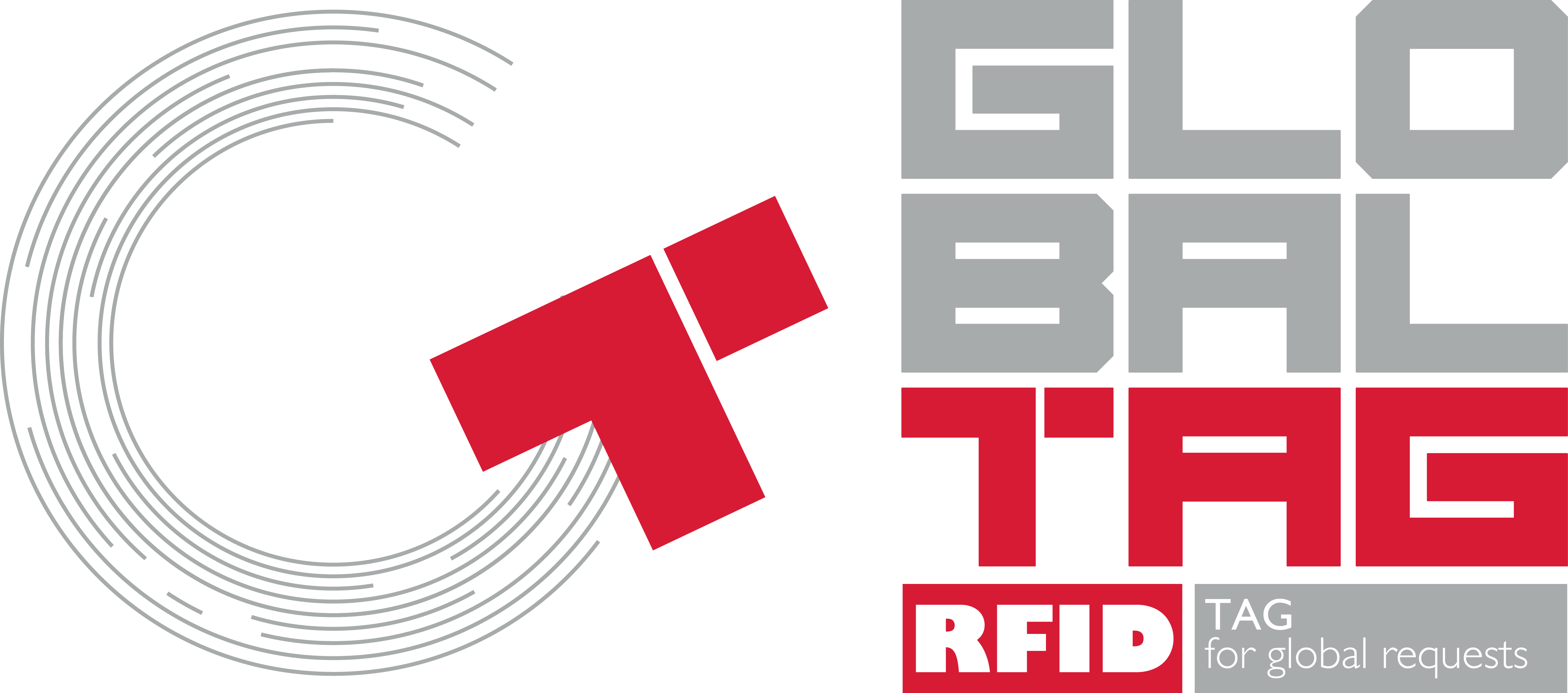RFID Woven Labels:
Nylon or Satin?
A Guide to Choosing
the Ideal Material
Nylon or satin? When it comes to RFID woven labels sewn into garments, the choice of material impacts not only aesthetics but also the tag’s performance and durability. This guide explores the differences between nylon and satin to help you choose the ideal solution for your products.
In the world of apparel retail, integrating RFID technology through sew-in fabric labels is both an elegant and functional solution. Thanks to their discreet size and durability, RFID fabric labels are perfectly suited for this purpose. The choice of material—nylon or satin—plays a crucial role, as it significantly influences both the aesthetics and the performance of the tag.
Nylon: Strength and Reliability
Nylon tags are known for their durability and resistance. This highly technical material is designed to withstand demanding conditions, making it ideal for industrial and professional applications. Its robust structure allows the tag to endure 3 to 5 cycles of washing, drying, and ironing while maintaining full RFID functionality.
From an aesthetic standpoint, nylon offers a more technical and less refined look, yet it guarantees sharp and readable printing. It is often the preferred choice for uniforms, workwear, and linens intended for intensive use, where functionality takes precedence over design.
Satin: Elegance and Comfort
Satin, on the other hand, is valued for its smooth, glossy finish that gives the label a refined and premium feel. This material enhances perceived quality and is well suited for fashion garments, lingerie, or babywear, where skin contact and appearance are key.
Although slightly less resistant than nylon under extreme conditions, satin still offers good durability in standard use cases. Its soft surface makes it ideal for labels that are either visible or in direct contact with the user, with a visually superior result.

DISCOVER SATIN Woven Tag
DISCOVER NYLON Woven Tag
Aesthetic, Variety, and Customization
When looking at RFID fabric labels, it becomes clear how essential aesthetics are. Tags can be long and narrow—perfect for stitching into side seams—or more decorative and embroidered, designed to become distinctive visual features, especially on sportswear or streetwear.
The chosen material also affects how the logo is emphasized: nylon offers a functional base for minimal branding, while satin enhances design details with a more elegant finish. Both versions are available with customizable printing, encoding, and sizing, and can be supplied in rolls or as individual pieces, ready for sewing.
The choice between nylon and satin ultimately depends on the specific requirements of the product and the message the brand wants to convey. If mechanical strength and reliability in demanding environments are a priority, nylon is the most suitable choice. If the goal is to offer an elegant tag aligned with a premium brand identity, satin is the ideal solution.
In any case, fabric RFID tags represent a perfect balance between design and technology, providing invisible yet effective traceability, fully integrated into the garment itself.
do you want to know more?
